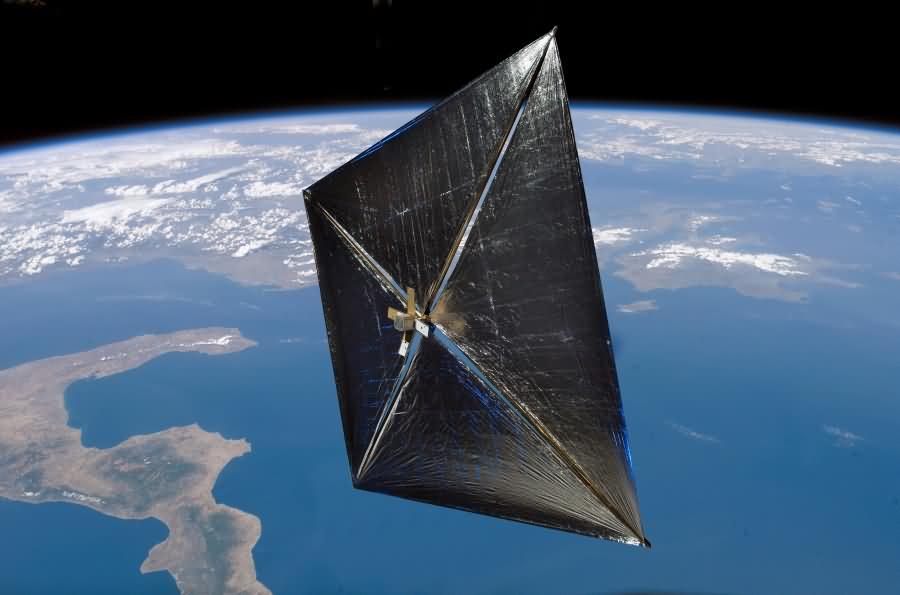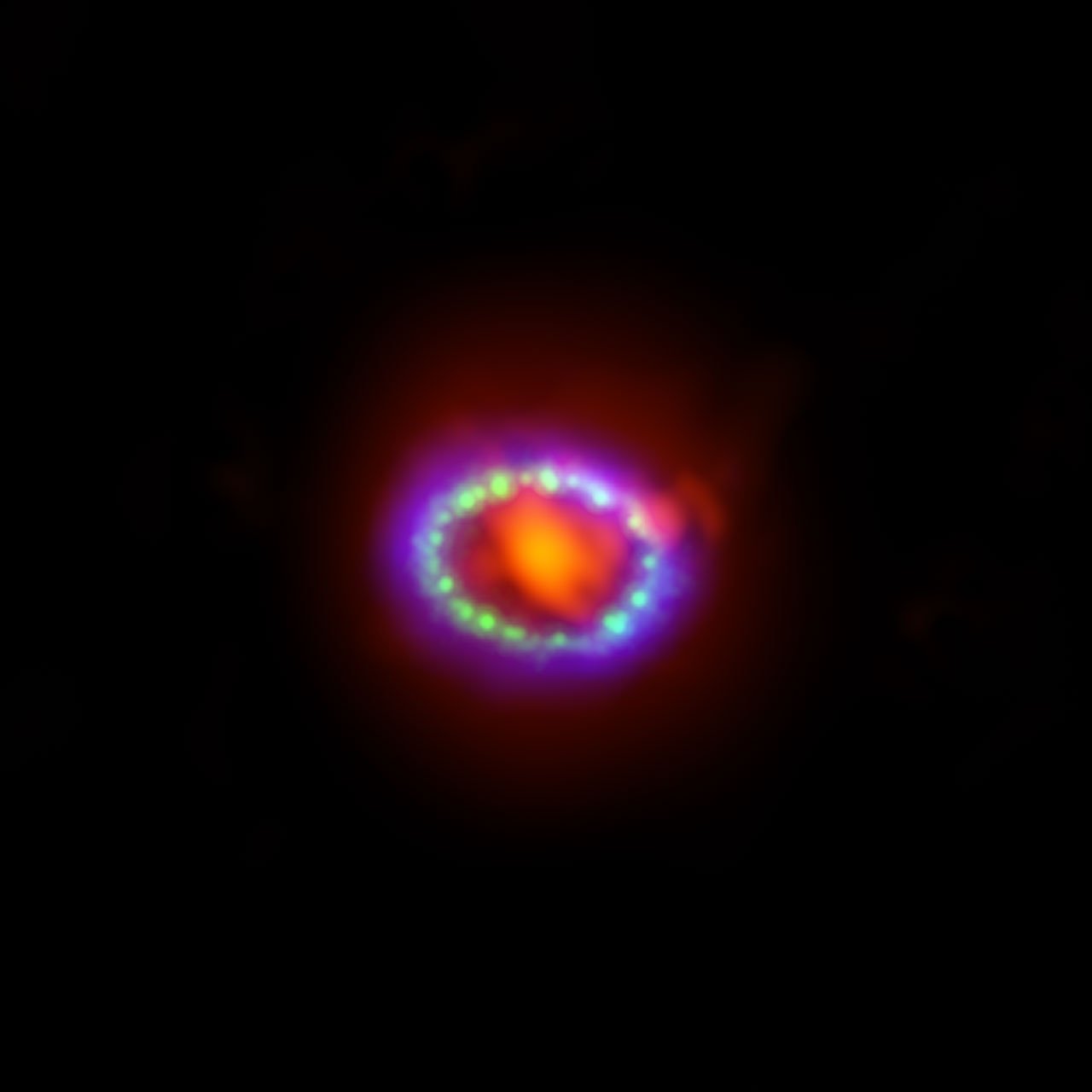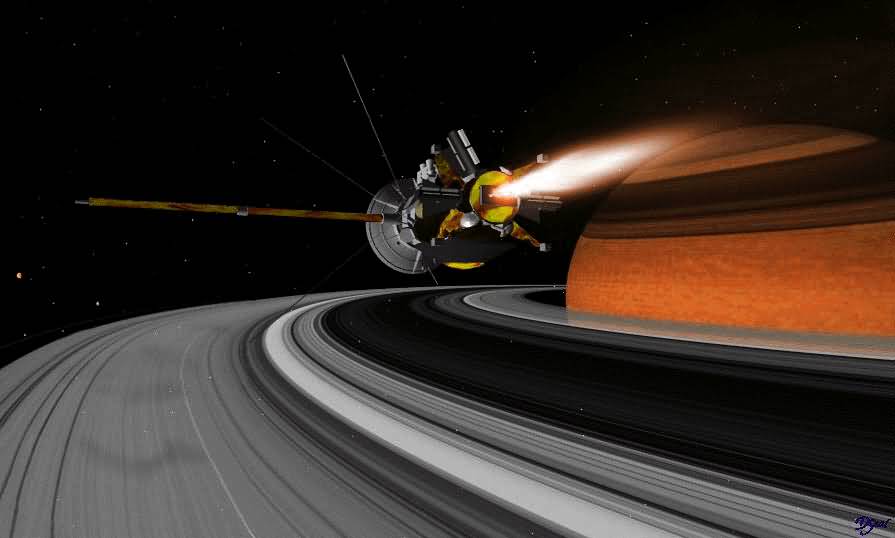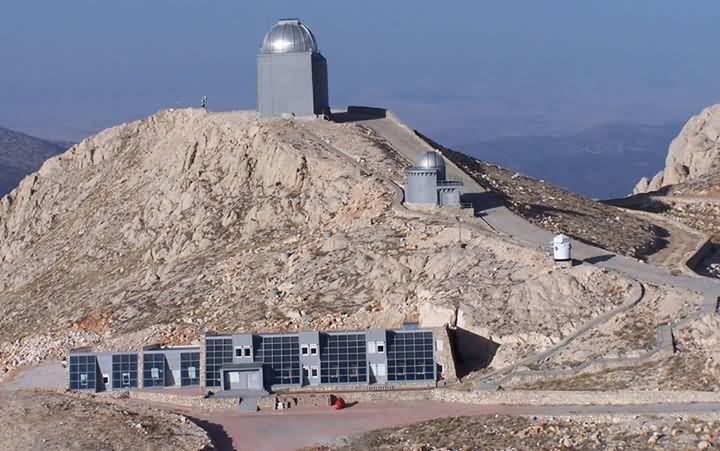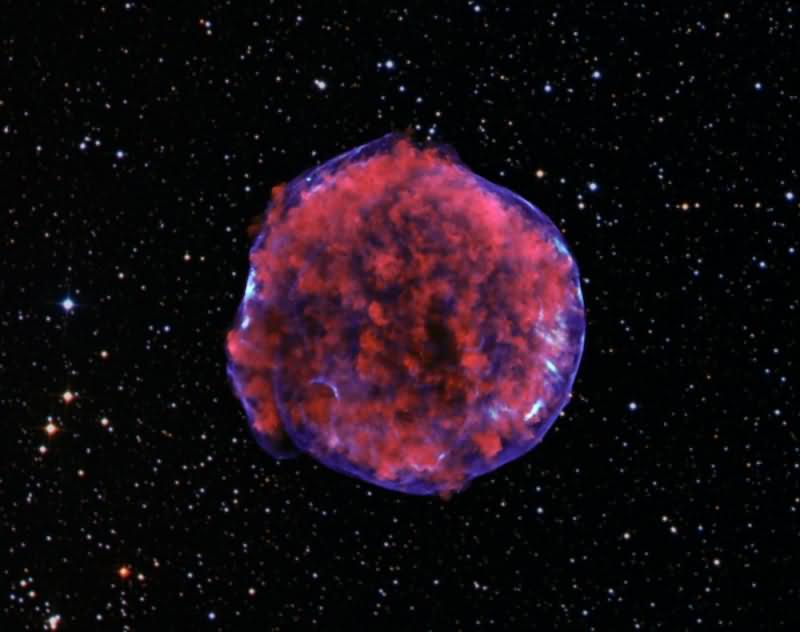Sailing Ships in Space - Sails Unfurled
Since humanity's space adventure began in the last century, it has been constantly experimenting with and discovering better ways to travel in space. In the last century, a manned mission has been made to the Moon, and space probes have been sent to Mars, Venus, Mercury, Saturn, Jupiter, and many other destinations. The Voyager spacecraft even left the solar system, becoming the first human-made spacecraft to venture beyond it. I suspect that one day, humans will also travel beyond the solar system. But venturing beyond the Milky Way will be quite challenging.
These journeys come with a host of challenges. Rockets are used for propulsion, fuel takes up a large volume and makes spacecraft heavy, fuel consumption is a concern, and they rely on the gravity of planets along the way to reach distant destinations, increasing the distance. To compensate for these challenges, many ideas have been developed and implemented. For example, ion engines allow us to accelerate slowly over a longer period of time with less fuel and reach high speeds. While still only theoretical, long-distance, fast travel with antimatter and matter using a small amount of fuel could be achieved. However, there are two theories, one of which has already been put into practice, that have intrigued me greatly. I believe I read about the first of these in a science and technology magazine (they're now dead to me, but whatever) during my high school years: the solar sail and the magnetic sail.
Solar Sail

It's an alternative spacecraft to the space shuttle, powered by photon energy. It was first designed by Kepler. Kepler's spacecraft was powered by solar winds. However, it has now been proven that solar winds cannot power it.
Yes, the method that's currently being used, and the one I first learned about in high school, was the solar sail. Its principle is simple. Photons, packets of light, have no mass and possess a certain momentum when moving in a direction. Imagine something like this. You have a mirror several meters long. You mount it on your spacecraft and launch into space. Here's what will happen. If the light it reflects is concave (it could also be convex, I don't recall; you decide for yourself), you can generate truly devastating energy. That's not our goal, though. The intense photons coming from the sun will first hit the mirror and be reflected back. During this impact and reflection, they will transfer their momentum to the mirror by a factor of two, causing it to move and accelerate.
It's a simple operating principle. Of course, this wouldn't work with the mirror in your hand, because the photons hitting it are so few and the mirror is small, after all.
This method allows you to have an inexhaustible energy source and avoid fuel shortages. Because you don't have to spend money on fuel, we can build smaller and lighter spacecraft (minus the mirror). Since you won't need to rely on the gravitational pull of planets along the way to reach your destination, your distance will be shorter. The only drawback is that you'd need a very large mirror for long distances, and as you move away from the sun, photons will diminish, so your speed will decrease. It's not at all suitable for interstellar travel. But as long as you don't reach extreme points within the solar system, it certainly has utility. That's why it's being built, and I recall it being used in a few space probes.
Magnetic Sail

The magnetic sail idea, proposed in the 1980s, envisions using the plasma of the solar wind instead of sunlight energy to generate thrust.
The magnetic sail's operating system relies on solar winds, not sunlight. Yes, I saw this today, although it's actually an old theory.
The operating principle of this system is as follows. A magnetic field is created around the spacecraft using a superconducting cable. When plasma particles carried by the solar wind interact with this magnetic field, they are reflected back, transferring their momentum to the spacecraft, enabling it to move.
Considering that the effect of sunlight decreases over long distances, a magnetic sail offers an advantage. These particles, which have a speed of 400-800 km/s, have mass. Since a magnetic sail doesn't have the high momentum of photons, it must be designed to have the same energy as a solar sail, but with a larger weight. Another problem arises when it reaches interstellar space. In interstellar space, it is exposed not only to the winds of its sun but also to the winds of surrounding stars. This can be likened to a ship at sea, buffeted by winds from all directions. Control would be incredibly difficult. I don't think it's in production yet, but I've only recently discovered it, so I could be wrong.
We have two excellent systems, and both are excellent. They're remarkable. I'm sure many new ideas will be added to them.

